Blogs & News
We are focus on automotive wiring harness & connectors technology.
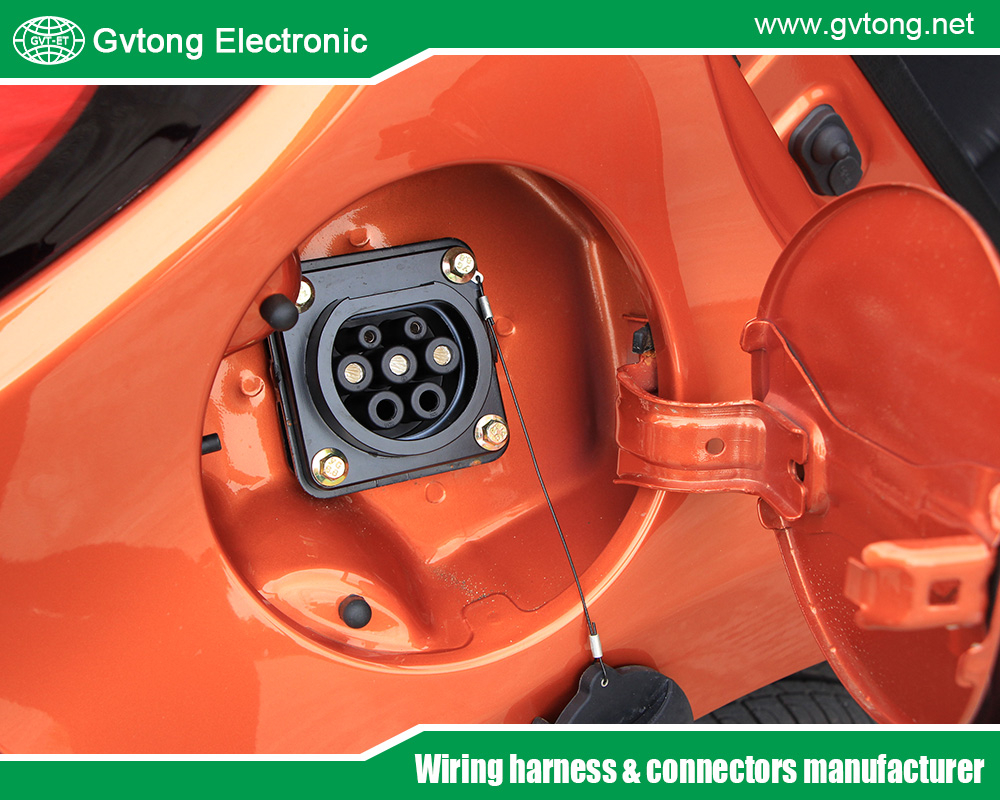
Standard Configuration for High-End Industrial Control:GE Series-Signal Connectors with Zero Transmission Delay
- Gvtong Electronic
- ADAS sensor connectors, Anti-vibration automotive connectors, automotive high - frequency, automotive High voltage connector, automotive power distribution, Automotive shielded connectors, automotive Signal Connector, automotive Signal Connector manufacturer, automotive signal connectors market, automotive signal connectors syetem, automotive waterproof connectors, Automotive-grade AEC-Q200 connectors, Battery management system (BMS) connectors, Blind-mate automotive connectors, EV charging connectors, Fuel cell connectors, GE series-signal connector, GE Series-Signal Connectors, GE series-signal connectors manufacturer, GE series-signal connectors supplier, Halogen-free automotive connectors, High-speed data connectors, High-temperature resistant connectors, In-cabin infotainment connectors, Lightweight automotive connectors, Low Voltage Signal Connector, Low Voltage Signal Connector Solutions Automotive, Low-contact resistance connectors, Modular automotive connectors, OEM-specific connectors, Oil-resistant automotive connectors, Pre-charge/discharge connectors, Quick-fit automotive connectors, Recyclable material connectors, Redundant safety connectors, Signal Connector, Thermal management connectors, V2X communication connectors, Wireless charging connectors
- No Comments
Standard Configuration for High-End Industrial Control:GE Series-Signal Connectors with Zero Transmission Delay
In the era of Industry 4.0, high-end industrial control systems are the backbone of modern manufacturing, enabling automation, precision, and efficiency on a scale previously unimaginable. At the core of these systems are advanced signal connectors that ensure seamless communication between sensors, actuators, controllers, and networks. GE’s Series-Signal Connectors stand out as a standard configuration for such high-end setups, offering what is effectively zero transmission delay through ultra-low latency designs. These connectors are engineered to support real-time data exchange, making them the preferred component for upgrading to smart manufacturing environments.
This article explores the pivotal role of GE Series-Signal Connectors in industrial control. We will examine their technical specifications, the mechanisms behind their near-instantaneous transmission capabilities, and their advantages in facilitating smart manufacturing upgrades. As factories evolve into interconnected ecosystems with IoT integration, predictive maintenance, and autonomous operations, the need for reliable, high-speed signal transmission becomes critical. GE’s connectors address this by minimizing delays that could otherwise lead to production halts or inaccuracies in control processes.
The push toward smart manufacturing has amplified the demand for components that can handle massive data volumes without compromising speed or reliability. Traditional connectors often introduce bottlenecks, with delays in signal propagation affecting everything from robotic assembly lines to process monitoring in chemical plants. In contrast, GE Series-Signal Connectors leverage advanced materials, protocols, and architectures to achieve transmission delays so minimal they are practically negligible—hence the “zero delay” moniker in industrial parlance. This positions them as essential for high-end programmable logic controllers (PLCs), human-machine interfaces (HMIs), and distributed I/O systems.
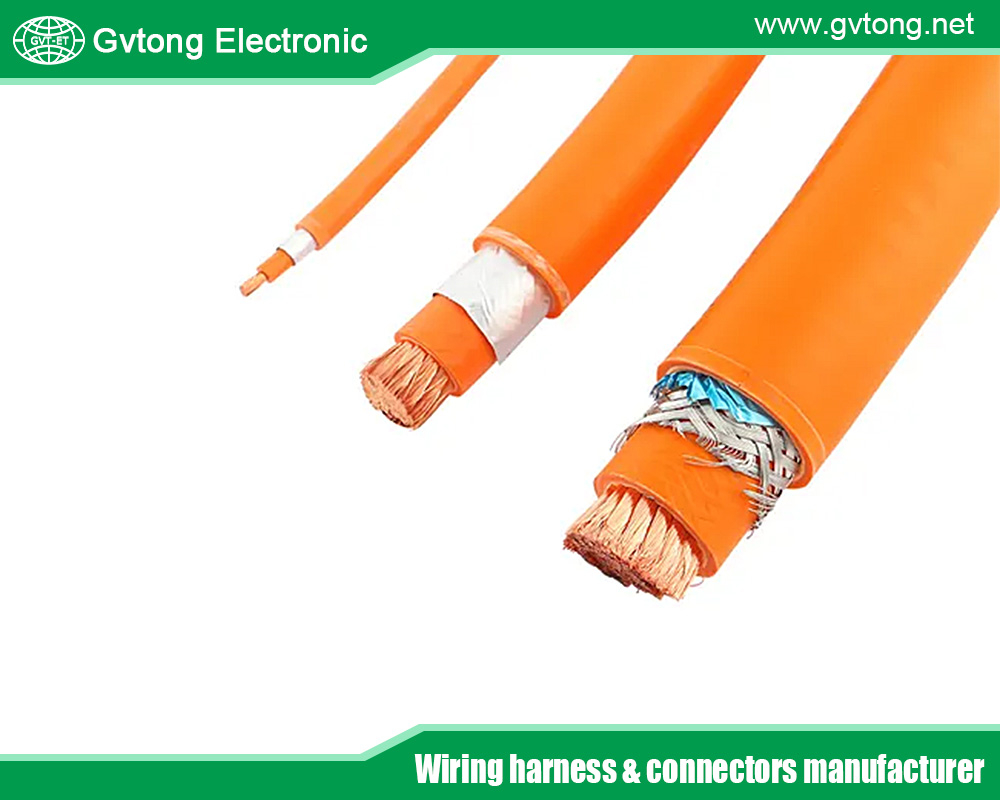
The Evolution of Signal Connectors in Industrial Control
The journey of signal connectors in industrial control mirrors the broader evolution of automation technology. Early systems, like those in the 1970s, relied on basic wired connections with limited bandwidth, such as simple screw terminals for discrete I/O. These were sufficient for rudimentary relay logic but faltered in complex environments requiring rapid signal exchange.
GE, a pioneer in industrial solutions, began advancing connector technology with its Series Six PLC in the 1980s, introducing modular I/O connectors that supported faster signal routing. This era saw the adoption of fieldbus protocols like Profibus and DeviceNet, where connectors like DB-9 and M12 became standard for serial communications. GE’s contributions included ruggedized designs resistant to electromagnetic interference (EMI), crucial in factory floors with heavy machinery.
The 1990s brought GE’s Series 90-30 and 90-70 PLCs, featuring enhanced signal connectors with higher pin densities and support for analog signals. Terminal blocks like IC693MDL series allowed for quicker wiring and better signal integrity. As Ethernet emerged, GE integrated RJ-45 connectors in its PACSystems, enabling 10/100 Mbps data rates and paving the way for networked control.
The real leap came with GE’s PACSystems RX3i and RX7i series in the 2000s, incorporating fiber optic signal connectors (e.g., LC type in IC698RMX016) for high-speed, noise-free transmission at up to 2.12 Gbaud. These connectors minimized latency in redundant systems, with switchover times as low as 3.133 msec. The RSTi and VersaMax series further refined this, using M12 and Hirose connectors for IP67-rated environments, supporting PROFINET and EtherCAT for deterministic communication.
Today, GE Series-Signal Connectors encompass a range including terminal blocks (IC694TBBx32), fiber optic interfaces (IC695FTB001), and motion connectors (IC800VMACON series). They integrate with α HV i servo systems, offering pulse/direction interfaces with latencies under 1 ms. This evolution reflects a shift toward universal, modular connectors that support multiple protocols, ensuring backward compatibility while future-proofing upgrades.
How GE Series-Signal Connectors Enable Zero Transmission Delay
“Zero transmission delay” in GE Series-Signal Connectors refers to their ability to facilitate real-time signal propagation with latencies so low they approach zero in practical terms—often under 0.5 msec for I/O responses. This is achieved through a combination of hardware optimizations and protocol integrations.
At the physical level, GE employs high-density terminal blocks and fiber optic links that eliminate electrical noise and propagation delays inherent in copper-based systems. For instance, the IC695RMX128 module uses reflective memory technology with 400 ns access times, allowing peer-to-peer data exchange at 174 Mbyte/s. In motion control, PACMotion connectors (IC695PMM335) support 500 μs position loops and 62.5 μs torque updates, ensuring synchronous multi-axis operations without perceptible delays.
Protocol-wise, GE connectors support deterministic networks like PROFINET (IC695PNC001) and EtherCAT, where signal prioritization minimizes jitter. High-speed counters (IC695HSC304) handle 1.5 MHz rates with 100 ns resolution, ideal for precise feedback in robotics. Analog signal connectors (IC695ALG312) use Sigma Delta A/D conversion for direct sensor integration, bypassing external transducers and reducing processing delays.
In smart manufacturing, this enables applications like predictive maintenance, where sensor data from RTDs or strain gages (IC695ALG600) is transmitted in real-time to cloud platforms via Ethernet connectors. For example, in a automotive assembly line, GE’s VersaMotion connectors (IC800VMMCONE) provide encoder feedback with sub-ms settling times, preventing delays in robotic arms that could cause defects.
Power delivery is integrated too, with connectors like IC800VMCP supporting regenerative braking, ensuring uninterrupted signal flow during high-load operations. Overall, these features create a ecosystem where signals travel with negligible delay, supporting closed-loop control in high-end systems.
Benefits for Smart Manufacturing Upgrade
Upgrading to smart manufacturing involves transitioning from siloed operations to interconnected, data-driven processes. GE Series-Signal Connectors are preferred for this due to their modularity, reliability, and performance enhancements.
Compatibility is a major benefit. Unlike proprietary systems, GE connectors (e.g., M12 for RSTi) support multiple protocols, allowing seamless integration with existing PLCs or new IoT devices. This facilitates incremental upgrades; a factory can add PROFINET-enabled I/O without overhauling wiring.
Scalability shines in distributed systems. VersaMax connectors enable expansion up to 2460 ft, ideal for large plants. High-speed fiber links in RX7i allow redundant setups, boosting uptime to 99.999%—critical for continuous operations in pharmaceuticals or energy sectors.
Cost-effectiveness is evident in reduced downtime. With low-latency features, connectors prevent signal delays that cause errors, saving millions in lost production. For instance, in food processing, real-time thermocouple connectors (IC695ALG306) ensure precise temperature control, minimizing spoilage.
Security is enhanced through shielded designs (e.g., IC676CBLPBB) that protect against EMI and cyber threats in networked environments. Environmental resilience, with IP67 ratings, suits harsh conditions, extending component life and reducing e-waste.
Case studies highlight these advantages. A GE-equipped automotive plant upgraded its assembly line with RSTi connectors, achieving 20% faster cycle times via zero-delay motion control. In oil & gas, VersaMax signal interfaces enabled remote monitoring, cutting maintenance costs by 30%.
Challenges and Solutions in Implementation
Implementing GE Series-Signal Connectors presents challenges like compatibility with legacy systems. Older PLCs may not support high-speed protocols, leading to integration issues. Solution: Use GE’s adapter kits (e.g., IC200ACC304) for hybrid setups.
Heat and EMI in industrial environments can affect performance. GE counters this with shielded cables and robust materials, like zinc die-cast in field-wireable connectors.
Cost for initial deployment can be high, but ROI is quick through efficiency gains. Training for technicians is needed; GE offers Proficy Machine Edition software for simplified configuration.
Interoperability with non-GE devices requires careful selection; certified connectors ensure compliance.
Future Trends in GE Series-Signal Connectors
Future innovations include 5G integration for wireless extensions, AI-optimized latency reduction, and sustainable materials. GE is exploring quantum-inspired optics for even lower delays, aligning with Industry 5.0’s human-centric focus.
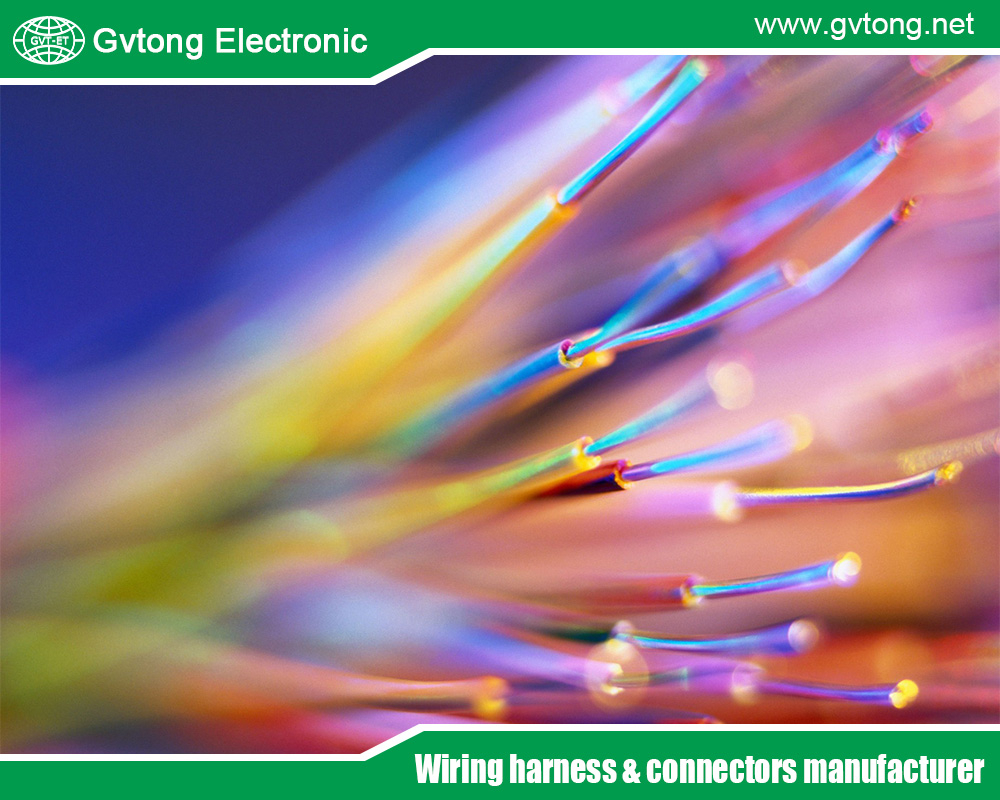
Conclusion
GE Series-Signal Connectors have become the standard for high-end industrial control, offering zero transmission delay and serving as the preferred component for smart manufacturing upgrades. Their evolution and features empower factories to achieve unprecedented efficiency and reliability.
For more about the standard configuration for high-end idustrial control: GE series-signal connectors with zero transmission
delay, you can pay a visit to Gvtong at https://www.gvtong.net/ for more info.
Recent Posts
Recommend the Best ADAS Automotive Connector Manufacturers in China
What is an Electrical Distribution System and How to Choose It
The Top Automotive Electrical Connectors Manufacturers You Want to Know
How to Choose the Best Automotive Connector Suppliers in Vietnam
The Best High Current Connectors Automotive Manufacturer in China
What is an Oil-Resistant Automotive Connector?
Tags
Recommended Products
-
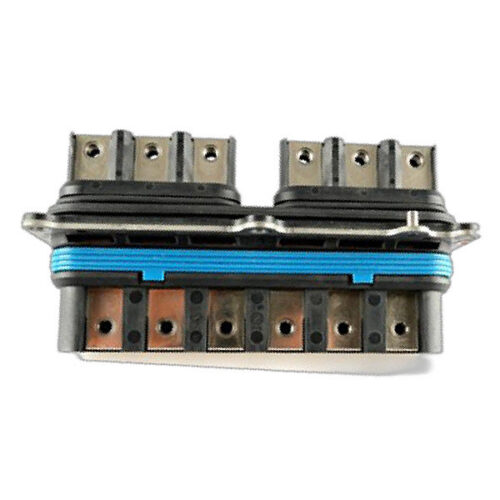
Oil cold through the cylinder
-

GE Series-16-core cylinder connector
-

GT Series-Automotive Wiring Pins Connector -5-Pin Socket, 5-Pin Electrical Connectors For Motor Controller
-

GE Series-2-core cylinder connector
-
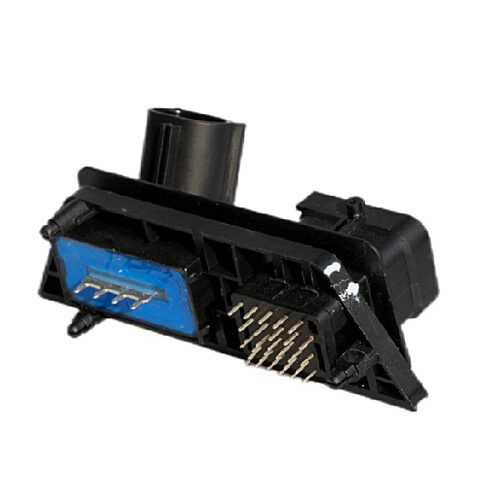
GE Series-33-core Signal Connector
-

GE Series-20-core Low Voltage Connector
-
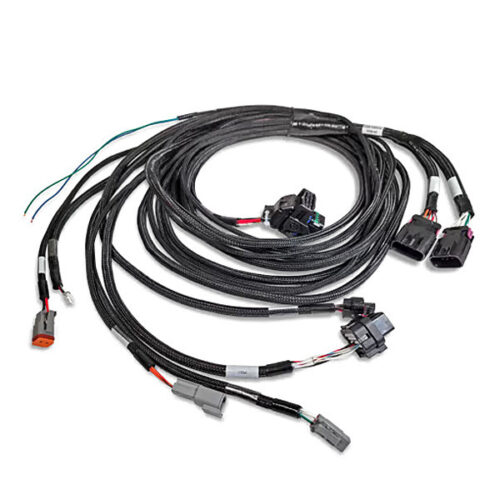
Automotive low pressure wiring harness
-
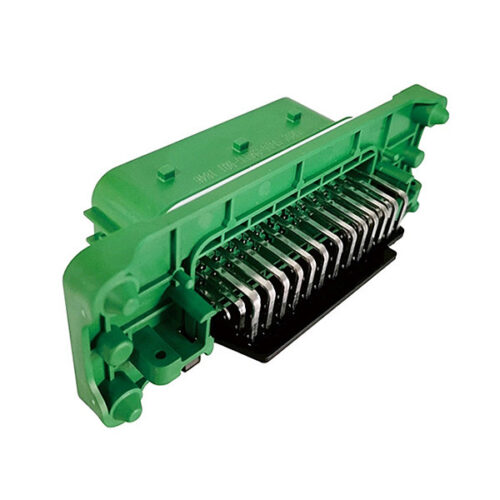
Rectangular connector-39 core socket
